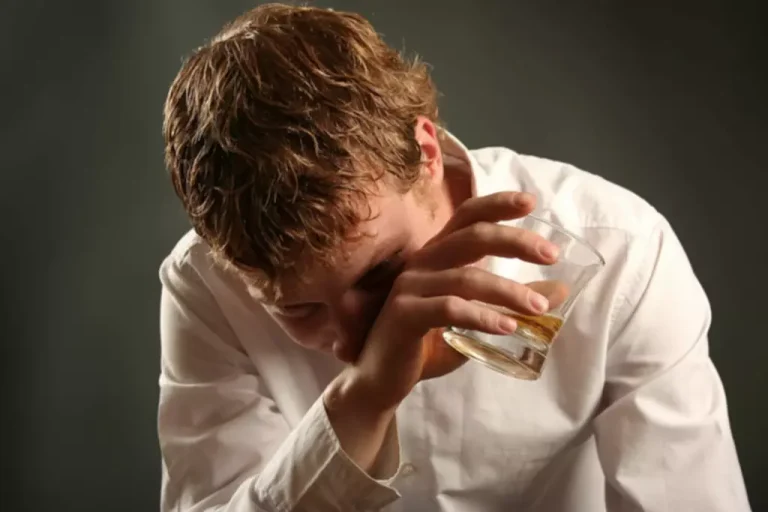What Are Internal and External Triggers? Agape Treatment Center
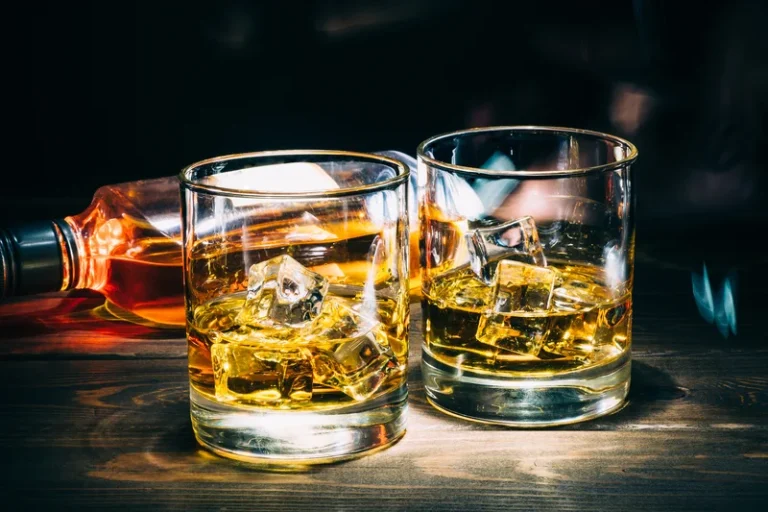
External triggers are particular locations, activities, things, people, places, objects, situations, smells, tastes, images, and events that make the person want to drink alcohol or use drugs. Sometimes there are physical things or items that create the desire to use in an individual or otherwise trigger their addiction. The individual should have relapse prevention plans in place to help deal with the potential triggering caused by items they may encounter. This is important because it may not be possible or feasible to avoid them at all times. If you or a loved one needs support in managing addiction triggers or is seeking treatment for addiction, contact Rockland Treatment Center today.
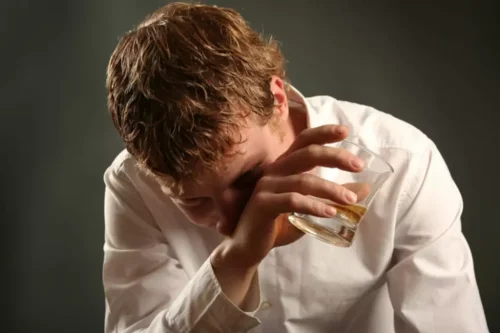
The Impact of Personal Experiences
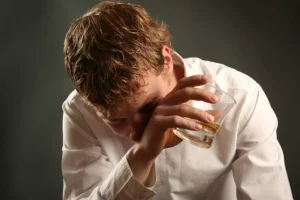
These are often easy to identify because they are linked to specific events, people, or situations. For example, seeing a specific type of car might remind you of a past accident, instantly making you feel anxious. Our state-specific resource guides offer a comprehensive overview of drug and alcohol addiction treatment options available in your area. It should not be used in place of the advice of your internal and external triggers physician or other qualified healthcare provider. There are many different types of objects that can trigger addiction relapse.
Navigating External Triggers: Recognition and Coping Mechanisms
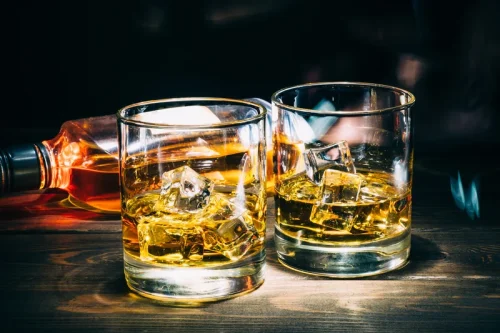
This involves being mindful of one’s surroundings and understanding how different elements in the environment might affect their state of mind and emotional balance. For example, if you find loud noises overstimulating, you can start small and then gradually expose yourself to louder and louder noises for longer lengths of time. As you grow more comfortable with loud noises and you continue to ground yourself, you may become less susceptible to your emotional triggers in response to loud noises in the future. Triggers =https://ecosoberhouse.com/ can be found everywhere in life, and if you are a trauma survivor, it can be very distressing.
Does My Health Insurance Cover Treatment
- One reason is that it can be difficult to avoid social pressure in these settings.
- Internal triggers are emotions, feelings, thoughts, and memories that make the person want to use alcohol or drugs.
- Their role in the early stages of habit formation is instrumental in helping users understand a product’s value.
Having a plan to get through times when your cravings are triggered will be very helpful in avoiding a relapse. Everyone will have different internal triggers, but by recognizing some of the common ones you will be better equipped to avoid or address your internal triggers. If you or a loved one struggles with addiction to drugs or alcohol, you are not alone. At Canyon Vista Recovery Center, located in Mesa, Arizona, you will learn the skills needed to gain sobriety.
Where physical, spiritual, educational, and financial needs are addressed with a Christian approach for long-lasting recovery. An easy way to deal with the gas station or corner store trigger is to avoid that location, if possible. If there are many alternative routes to get around that do not take you past a location that triggers you, you should avoid those locations. If you can find alternative routes to your next destination, try to map out your drive. While some people may not understand your actions, over time they will have to learn how to respect your choices. Our team is available 24 hours a day, 7 days a week to Sober living home answer any questions you may have.
Addiction Treatment
- Understanding what triggers you to relapse and having a plan in place for these triggers are your first steps toward prevention.
- A trigger can be any social, psychological, or environmental cue that causes someone to think about using drugs or alcohol.
- Addiction models constructed upon this observation consider the trigger as a stimulus able to activate drug related memories leading to reward anticipation and craving responses.
- This causes the body to experience symptoms as it did in response to the original trauma (such as the fight-or-flight response).
In recovery, individuals must be aware of both internal and external triggers to prevent relapses and maintain sobriety. The responses to psychosocial stressful stimuli in healthy individuals also involve the participation of hippocampus, amygdala, insula and prefrontal cortices (Shin and Liberzon, 2010). However, recent meta-analyses found little evidence that discrete emotion categories can be consistently and specifically localized to distinct brain regions (Lindquist et al., 2012). These internalized events are often harder to identify because they stem from within and are not directly linked to the current environment.
